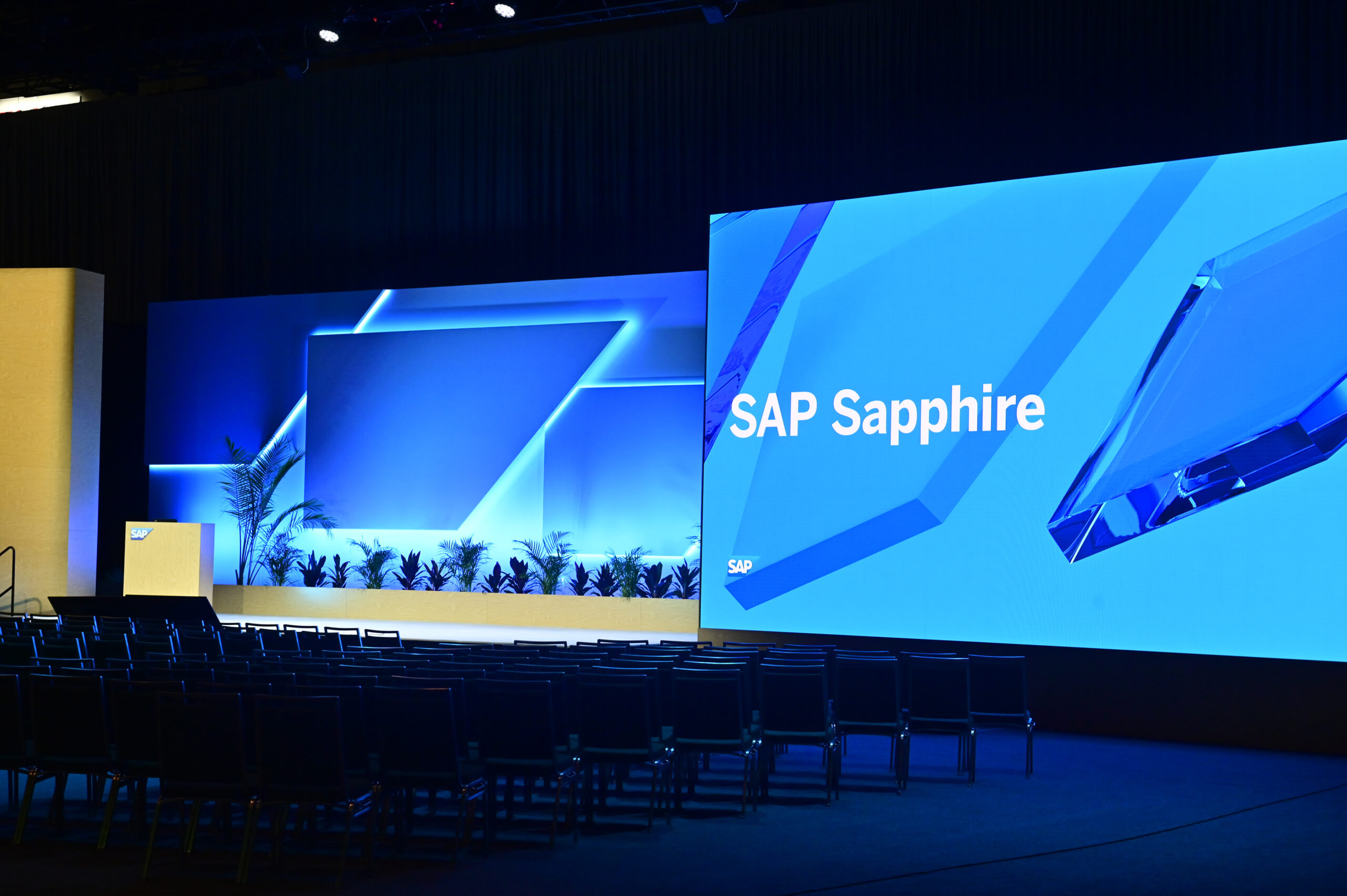SAP’s Q2 earnings came with good growth news for the ERP giant – but it’s the news that SAP is going cloud-only for its latest updates concerning AI that still dominates the headlines. In the discussion around SAP, the tech press has found its hot new topic for enterprise reporting, with outlets already keen on all things GenAI. But – as ever – it’s better to see what SAP’s customers and partners in the enterprise world believe when it comes to the big questions. The biggest one – when it comes to messaging, has SAP perhaps drunk a little too much of the cloud and AI “Kool-Aid” lately?
On reporting SAP’s Q2 results, CEO Christian Klein announced that new innovations would only be available in the cloud, specifically SAP S/4HANA Cloud, public edition or SAP S/4HANA Cloud, and private edition through RISE with SAP. Innovations here means AI, generative AI and sustainability capabilities, with, SAP explained, the inability to put AI in a hugely customized application as it requires a cloud environment.
Klein also reinforced the decision not to extend mainstream support for ECC customers beyond 2027, with enterprise insiders reading these recent decisions as an indication of SAP pushing its customers to the cloud.
While cloud might be the future, there is still the age-old argument that cloud isn’t everything for the customer base. Industry commentators have expressed concerns over the timing of SAP’s decision and the fact it might be disregarding on-premise development, which many organizations still opt for.
But the real discussion is how SAP has put its case across, and whether the AI messaging is an instance of using current hype to push cloud onto clients as SAP concentrates more in fishing for and keeping on the big name brands.
Alisdair Bach, co-founder of Dragon ERP, weighs in with the suggestion that competitors and their leaders, namely Oracle founder Larry Ellison, have been “neatly stringing their messaging into simple bite-size chunks, very much taking back the ground [Ellison] lost to Bill McDermott – and that’s what SAP is really crying out for.”
Interesting comparisons could be found in the days after the SAP announcement. In Alphabet’s earnings call for Q2 2023, Alphabet CEO Sundar Pichai discussed Google Cloud’s embrace of “customers wanting to be multi-cloud when it makes sense for them.” In what may or may not be a neat coincidence, this was very much an empathetic message of flexibility for the Google Cloud customer base.
In addition, Alphabet, like SAP and every other tech brand in the known universe, kept the GenAI hype bandwagon moving along with its latest financials by touting new developments in AI tech. SAP has done the same – but it seems only the German giant has managed to upset the apple cart, putting the same cart before the horse, as it were. At the end of the day, customers aren’t really interested in the latest hype – they just want to know they’re appreciated, especially the loyal and smaller, on-prem businesses who are perfectly happy with their running of ECC6.
Bach suggests to ERP Today that the messaging SAP is sending “lacks any form of empathy to the loyal ‘install base’ as SAP is far more than just S/4HANA. The current product range is light years ahead of the opposition, but time and time again the messaging gets lost [as] SAP continually fails to connect with the core customer base.”
He may be right. SAP’s latest decision follows a call earlier this year by DSAG, the user group representing SAP users in Germany, Austria and Switzerland, which urged the enterprise software giant to commit to introducing new features in its flagship ERP system on-prem, as well as in the cloud. This was supported by the argument that since the launch of S/4HANA in 2015, users have made significant investments and some were still aiming to match the functionality received in the earlier ECC system.
Similarly, Paul Cooper, chair of UKISUG, says that the UKI SAP user group has long urged the software firm not to forget its on-premise customers when it comes to product innovation.
“If SAP’s newest innovations are to be cloud-only, the only way on-premise customers will be able to access them is by using SAP Business Technology Platform [BTP]. This means that these customers are effectively being double charged as their maintenance payments are being used to fund product innovation, while they must pay separately for BTP,” Cooper explains.
In comparison, cloud customers can automatically access innovation without paying for BTP.
While acknowledging that services such as RISE are helping organizations move to the cloud (and S/4HANA), Cooper warns that, “there is a real risk of a two-tier product innovation system being created between cloud and on-premise customers.
“Every deployment is different, but we feel it is important that SAP does more to support all customers equally.”
Customers “won’t be bullied” by SAP cloud
SAP’s latest step in moving from ECC to S/4HANA also poses more questions than answers. As Bach says, the mandate in changing to cloud comes “in the same breath as evangelizing the shift to composable plug-and-play ERP SAP”.
“[This] has given some of SAP’s most loyal customers a route away from SAP!” he reminds us emphatically. “And let’s be clear there are a lot of very angry SAP clients out there that want a hybrid mix and match of on-prem [on a hyperscaler] and public/cloud, and they won’t be bullied.”
There are a lot of very angry SAP clients that want a hybrid mix and match of on-prem [on a hyperscaler] and public/cloud, and they won’t be bullied.
But the argument isn’t a universal one. As David Lowson, head of Global SAP COE at Capgemini, tells ERP Today: “I think that what [SAP] says is correct; it’s clear that [this] is the direction of travel, and if you keep a clean core and are using a PAAS/SAAS network around it, then it will work well.”
For Lowson, keeping standards in the core ensures the technology is future-proof. In a LinkedIn post from this Wednesday, the Capgemini exec went one step further by pointing out that SAP’s partners and SIs need to get on board as this is the SAP of the future. Under Klein, he argues, the flawed days of buying out smaller solutions (see Qualtrics) and selling them to customers are long gone in the age of the hyperscaler.
“Anyone who wants to see SAP solutions succeed and have a long-term future must understand [that] to achieve this SAP AG needs to be profitable, be on a growth trajectory, have a strong position in a competitive and fast changing market and, have a leadership that is forward thinking along with a strong vision for the future,” he wrote.
“I believe the only way to achieve this is to move to be a 100 percent cloud-based business […] it’s our duty in the SAP ecosystem to make sure we implement future proof SAP solutions for our clients, and to do so means we should be building a clean core and making extensive use of PAAS and SAAS.”
[SAP needs to] move to be a 100 percent cloud-based business
But while other ERP voices like Bach agree that cloud-first is the natural progression for all SAP customers, it may be more of a case of “‘when’ not ‘if’ and what flavor of cloud – both those points are an issue for SAP.”
There’s also another bit of poison in the punch for SAP customers. In addition to the cloud push, SAP revealed it would be raising the cost of support for users of its on-premises software for the second year in a row, as impacted by “current market conditions” and “still-high inflation rates,” following a decade-long price freeze.
While prices rose in line with customers’ local consumer price index (CPI), with a cap of 3.3 percent at the start of 2023, in 2024, SAP will again increase support prices by local CPI rates, while raising the cap to five percent.
In an economic climate of belts being tightened, this is likely another punch to the gut. SAP’s new capabilities and AI-innovations may be the carrot to encourage organizations to move away from traditional licensing and deployments – but it’s unlikely many will be so quick to drink the Kool-Aid.




